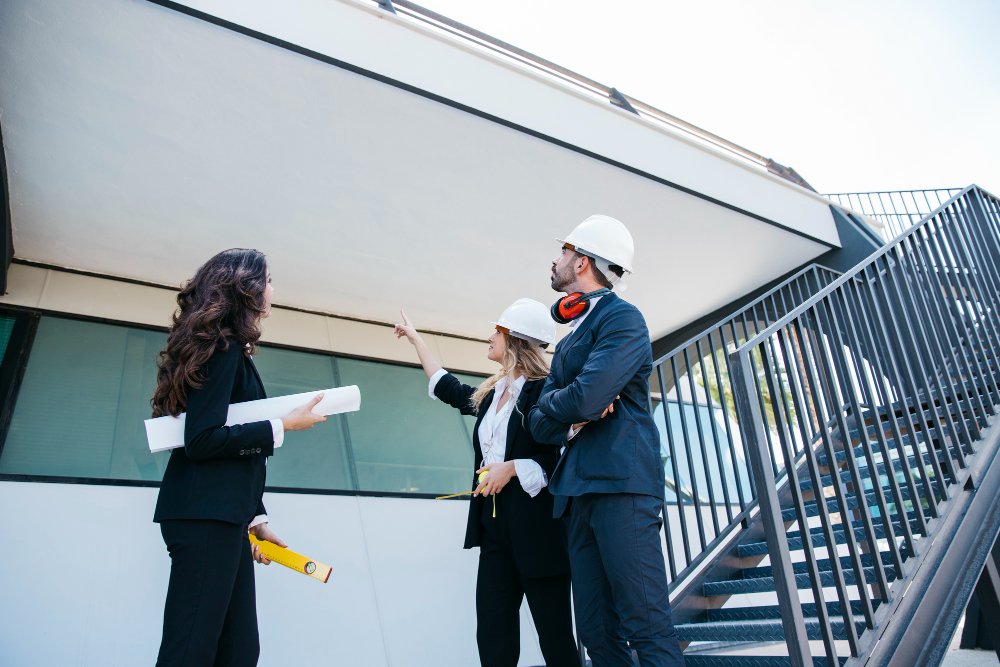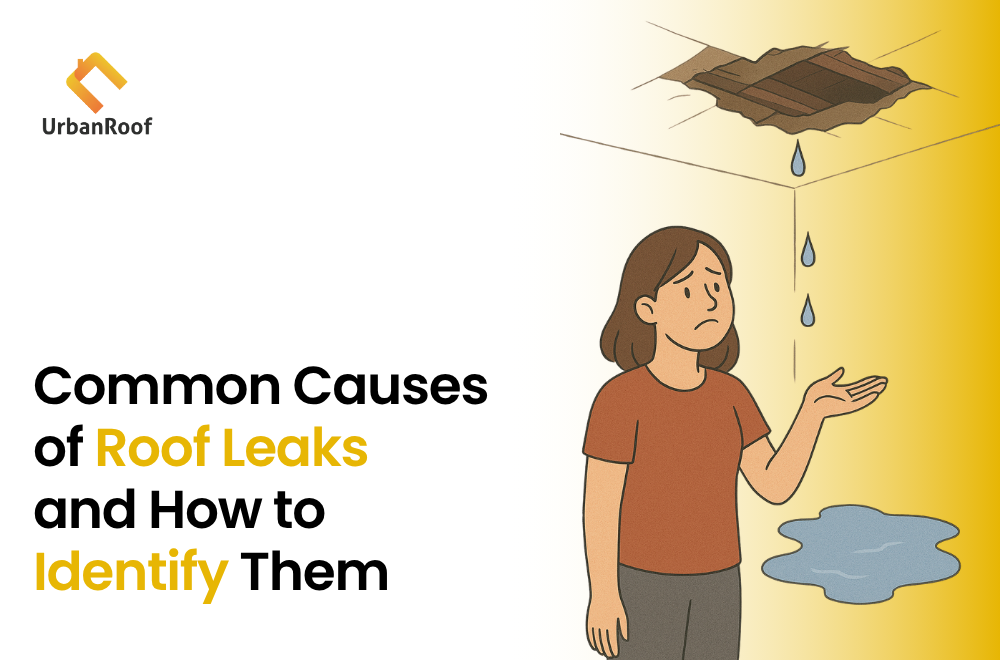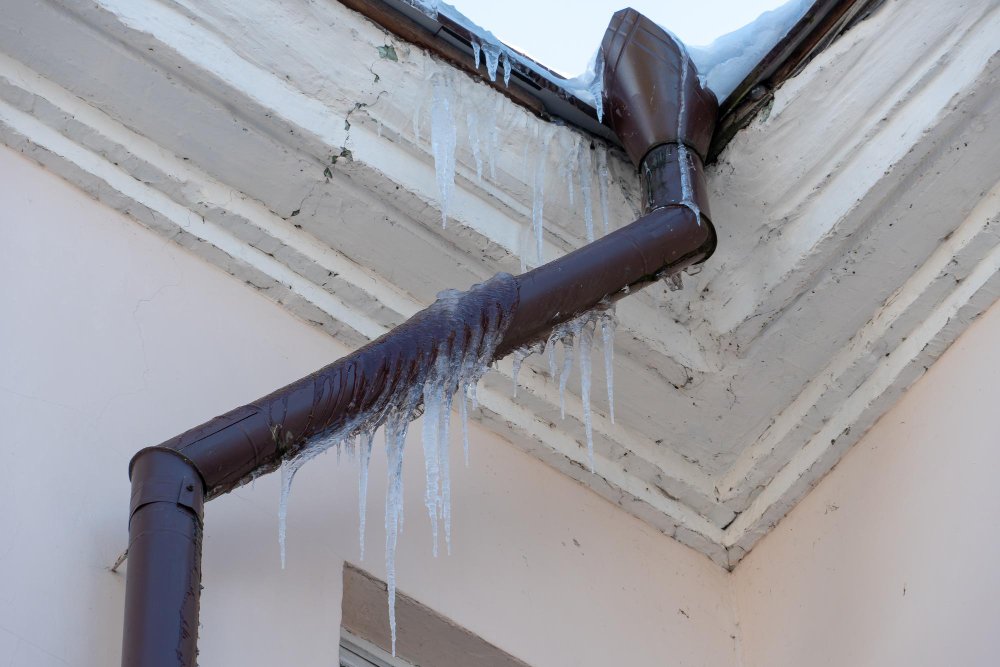Building maintenance standards:
1. Building Structure
The building structure is designed to support your house and everything inside it, including your proud possessions, valuables, and most importantly – your dear ones!
Each structure behaves differently depending on the material used for construction, type of construction, number of floors, weather, and many other parameters. There are different kinds of RCC structures, following being the most common.
- Conventional RCC
- Precast
- Aluminium Formwork
- Shear Wall Structure
This section mostly addresses the Conventional RCC structures.
The structural design of the building complies with the Bureau of Indian Standards for the zone in which it is built.
As on the date of designing this book, any building above 70-meter height will be considered as a high-rise building. High-rise buildings are designed with more safety parameters than other buildings.
The rated load for all residential buildings is 200 kg/square meter. Do not put heavy machinery/Plants/Materials in your apartment that can exceed this load.
Timely maintenance done in the first 10 years will decide the life of the building for the next 40 years
2. Maintenance & Upkeep:
Maintain your building the way you maintain your health. Fitness of your home property is not an option.
Upkeep of your apartment is equivalent to the support of your own well-being! Regular health check-ups help in identifying health issues. Similarly, regular maintenance, check-ups of the apartment structure can identify any cracks, corrosion, or any of the hazard.
Maintenance and upkeep of the paint on the buildings are needed from time to time. Every 5 to 6 years, buildings should be painted. It includes elastomers that fill the cracks and gaps and prevent new cracks from developing.


Cracks and seepage can lead to damage to the building structure in the long term. Taking proper care of your apartment will reduce weakening of it.
Some cracks are a result of thermal variations. In some cities, the temperature difference in winter could be more than 15 °C within 24 hours. This results in expansion and contraction of the material used for construction. It is normal for thermal cracks to develop due to thermal stress within first 3 to 4 years. Please do not panic. This is a normal climatic phenomenon.
Filling of cracks using elastomeric sealant during painting is important as it prevents water seepage in cracks, and damage to steel and concrete used because of seepage. Cracks should not be sealed with Putty or cement or Plaster of Paris. These are non-elastic material, and the cracks can develop again. Cracks should be filled with a sealant material. A waterproofing service provider can offer you a better solution. Once filled, they may not reappear.
Shrubs, herbs, grass can easily grow in building cracks. Over a time-period, these plants can widen the building cracks. Hence, it is advisable to prohibit growth of any plants over the building structure.
3. Termite Protection
Think of anti-termite treatment as an insurance against termites. No home whatever old/new, concrete, wood, brick, or slab, is safe from termite, as there is no such thing available as termite proof constructions. Proper precautions have been taken to avoid termite attack, but costly furniture, clothes, books, documents, plastic insulation provide a convenient substitute for the natural food of termite. Hence, it is advisable to have anti-termite treatment (pest control) to your furniture; new or old, periodically. Instead of hoping termites don’t attack, make sure that they can’t attack and be protected.
4. Interior Decoration & Structural Changes
Any structural/electrical/plumbing changes should be made in consultation with the appropriate professional. Any changes made without referring to the drawings or consultant can be dangerous for the building structure and its stability. These changes will negatively impact the overall building stability. If you are hiring another structural engineer to advise on making any structural changes, make sure he/she takes the complete responsibility of the entire structural audit of the building after making the changes, and not just the responsibility of the changes done.
Modifications in electrical wiring increase the total connected load in the apartment. Modification of electrical wiring increases outlets on DG backup capacity of individual flats hence it is not allowed, unless otherwise approved by the complex and complex will not necessarily be augmenting in the DG set capacity to cater to this change.
In the event of any remodelling/interior fit-out work being done in the apartment, please dispose of the varnish/polish and paint separately and not into the drainage system.
Modification to water supply and drainage lines thereby increasing wet areas will impact the water tightness of the structure and cause long term deterioration of the structure, and may also lead to loss of existing water-proofing.
The following activities are strictly prohibited.
- Demolishing any walls
- Installing a wall in the balcony
- Core cutting in beams, columns, slabs
- Any structural changes
Interior Decoration
Interior decoration can be done without harming the overall building’s structure.
Putting a marble or new tiles on the existing tiles is not advisable as it increases the load on the structure.
No core cutting should be done in beams, or columns, or slabs for ducting purposes to install an air conditioner.
Unless your building is designed for it, avoid wall garden, balcony garden, or terrace garden. They can lead to seepage, leakage, and rust the steel used in the structure which may not be visible to you.
Also, certain modifications may not be permitted which affects the exterior aesthetic look of the building like changes of the windows, window grills, main entrance door, terrace railings, exterior paintings, etc.
5. Structural Audit
Structural audit of the entire building is mandatory after 30 years from the date of occupation certificate. Some complexes choose to do this after 15 years.

Timely maintenance done in the initial years will determine the quality and life of the building.
To facilitate this, it is extremely important to maintain all records of the maintenance work done. You can take help of a registered structural designer firm for this task.




